Moth Trap - 30th March 2025 (first session of the year!)
Sharing the results from my latest Moth Trap Session. I have written posts about setting up a moth trap and on collecting the results if you want some more background info on how and why I use a Moth Trap

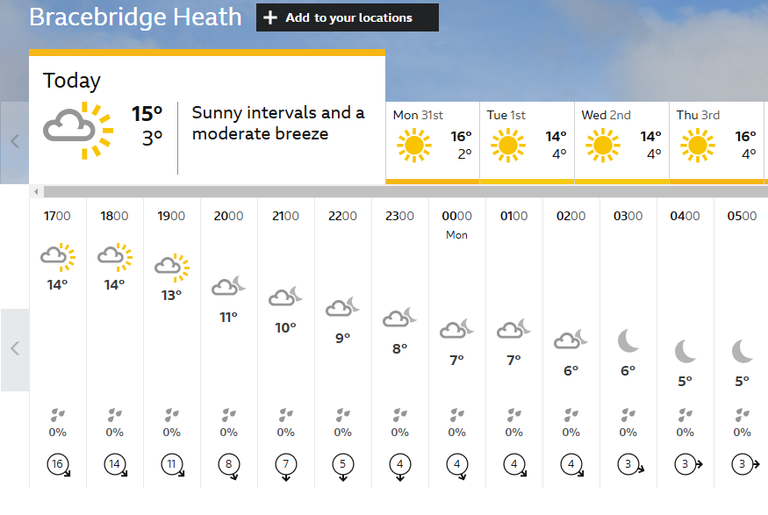
Date: 30th March 2025
Weather:
It's been a gorgeous day here with sunshine and blue skies. It almost felt like Spring in fact. After a brief wander around town this morning, I came home to finish off my chores for the weekend. One of those was to make the most of the warm, dry weather, and to mow the lawn for the first time this year. I know if I don't do it this weekend, I'll be busy next weekend, then it'll probably rain the one after, and before I know it, the lawn will be a jungle.
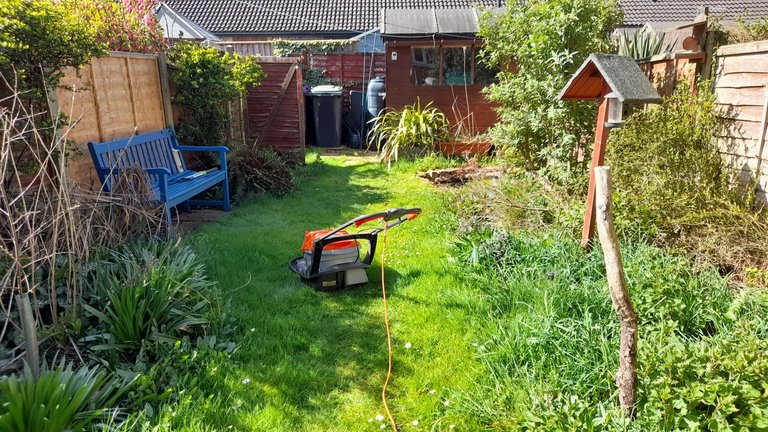
While mowing the, I was really please to see that life is stirring after a cold and wet winter. There lots of chunky bumble bees, loads of 7-spot Ladybirds, and even two butterflies. I'm pretty sure they were both Peacocks, but they whizzed past me in the sunshine... so thats only a guess.
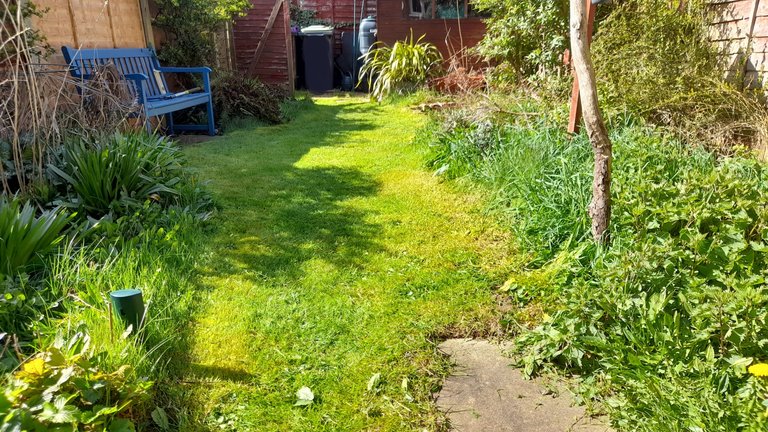
there.... that looks much better. Is still a little rough around the edges, but that is generally how we like it. I don't like it too neat and tidy.
The weather was so nice in fact, that I thought about moth-trapping. Regular readers will know I used to spend plenty of time trying to catch and record moths, in order to submit these the County Recorder (who in turn verifies the records, and adds it to the county-wide database).
If you scroll down my past posts, you'll see a number of trap reports... but you might also pick up that I barely did any trapping in 2024. There were various reasons for this, but the biggest one by a country mile is time, or the lack thereof. You see, moth trapping isn't particularly difficult (other than a bit of species knowledge), nor is it particularly expensive.

The biggest problem is 'time'. A session lasts all evening from before dusk, to potentially 1am or 2am in the morning. And when I do a session, its hard to find time to do anything else as I'm completely preoccupied. Let alone the time required to set it up, take it down, work through books to identify and name all the species seen and then write up a report as well.
And when you consider all the other priorities I have... my partner, work, training, studying, and sleeping... it can be a bit of struggle. Which is a shame really, as I really enjoy it, and love opening the trap to see what surprises I might have inside. It's also really rewarding to know that my work contributes in a small way to research monitoring the change in numbers of species seen as the years pass
Spoiler - most species are declining rapidly, to match the declines in butterflies, birds and many other animal groups
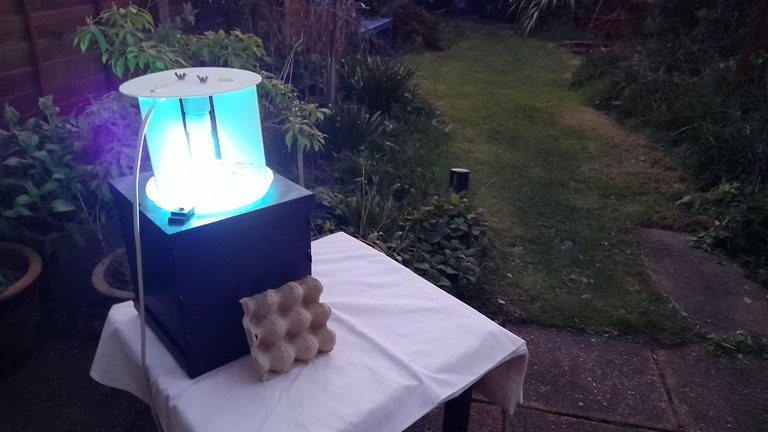
And so this year I'm determined to try and get back in to recording more regularly. And that starts with this evening, the 30th March 2025. And in a weird coincidence, my first trapping session last year in 2024 was the same date 30th March! Real Deja Vu on that one!
Looking at last years post... we had some differing weather conditions. Last year we had highs of 13C, whereas today we had highs of 16C. I also think we've had more settled warm and dry period this year, last years session was a random 'nice day' in the midst of a lot of rain. Both nights were breezy, but there is better news for tonight as we get cloud cover moving in this evening, which helps keep the temperature up.
Last year we got just 3 moths. I expect low numbers again as it is very early in the season, but I wonder if we can do better tonight... well there is only one way to find out!
Lights on, pots at the ready... Here. We. Go!
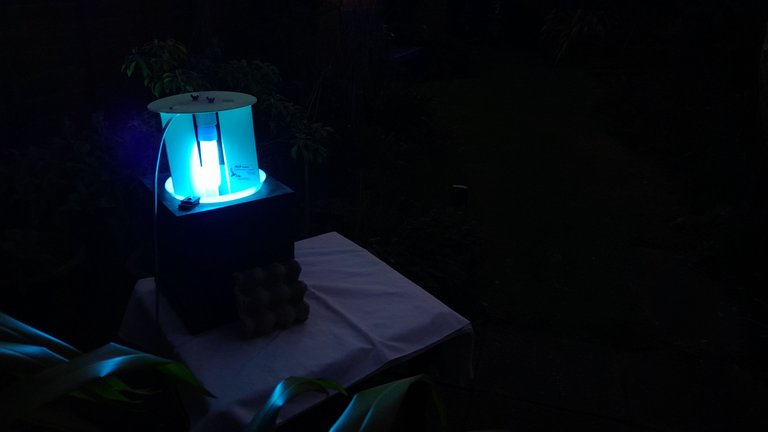
Results: 4 moths of 3 species

Summary of Results:
Sunset at 7:30pm, and by 8:15 it was mostly dark. The trap was turned on, and then I left alone to do its thing and attract some moths
Oh, if you are new and weren't aware, the moth trap is basically a bright light above a box, the light attracts the moth (or other invertebrates), and they then full down into the box. I then open the box afterwards to see what has been caught
In the middle of Summer, I'd expect to see lots of activity, here at the start of Spring... not so much! I left it alone and went back inside.
An hour later (approx. 9pm), I popped outside to check the trap. There was nothing inside it, but there was 2 little moths flitting nearby, by the size and shape I suspected they were 'pug' moths, and once one of them landed so I could look at it closely, I could see they were Double-striped Pugs.

Double-striped Pug - Gymnoscelis rufifasciata
Hurrah! My moth recording for 2025 is up and running!
I shouldn't have been surprised though, this little moths are very common, and are potentially seen all year round (except the middle of winter). With this good start, I was hopeful of seeing more, but apparently not.
I checked at 10pm, and again at 10:45pm and there was nothing to see. By this point it was getting decided cool outside. It may have felt warm during the day, but it's still chilly at night.
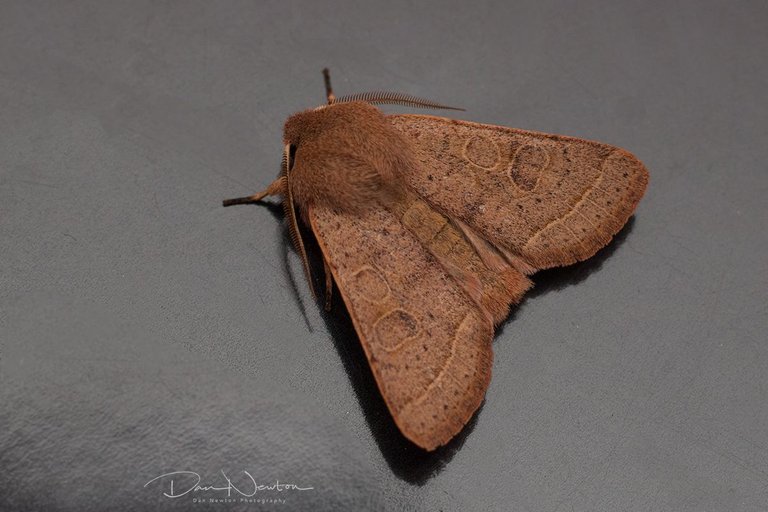
Common Quaker - Orthosia cerasi
It was only when I checked the trap one last time at 11:30pm, that I found a little mothy friend in the trap... a Common Quaker. Another super common species, and one that I would have expected to see at this time of year as they are predominately a Spring species.
I turned the trap off and tidied it away, and it was only as I was about to go back into the house, when I noticed a smallish moth resting on the wall next to the door frame... I didn't immediately recognize it, so I popped it into a little pot and brought it inside.
A quick check through my books, and then a secondary check online confirmed it - this was Diurnea fagella, another early Spring species
I don't actually have a photo of this species in my library, even though I have seen this one before in the garden. I'm gonna have to keep this one overnight and then I can have a little photoshoot with it before I start work (I am working at home tomorrow which is a plus!)
So, there we have it.
It may have been a little thin on the ground, but did manage to record some moths tonight, and considering my last session was June last year, its been long, long overdue. And I will try harder to do some more regular sessions this year... last year was a write of for many reasons, but I'm in a better place this year, and more organized too :-)
All that is left to do is to update my new record sheet for 2025...

...and then I can start to plan when my next session will be. I suspect it will be a couple of weeks unless some amazing weather conditions crop up, so it will most likely be the middle of April
What will happen next time? Will it be busy and chaotic? Will it be quieter? Will I find something new to record?
Well, once again, there is only one way to find out!

Notes on Pictures: Since I started moth trapping 5 years ago, I have been slowly building up collection of Library Images. The idea being that once I have taken a picture of a particular species of Moth, I don't need another picture of the same species a year later. It’s a waste of time and energy. I only take pictures of new species, or of moths that are difficult to ID, so I can get the records verified.
While in my care, all individuals are looked after, and after Photographs have been taken, they are all released safely outside.
All names confirmed and checked via Wikispieces
Further Research from UK Moths and NatureSpot

If you have any thoughts or opinions on this article then I'd love to see your comments.
And if you really like the content then maybe you would like to upvote or re-hive it.

Check out my website for more of my work.

Click HERE if you wish to join the new Holozing blockchain game!

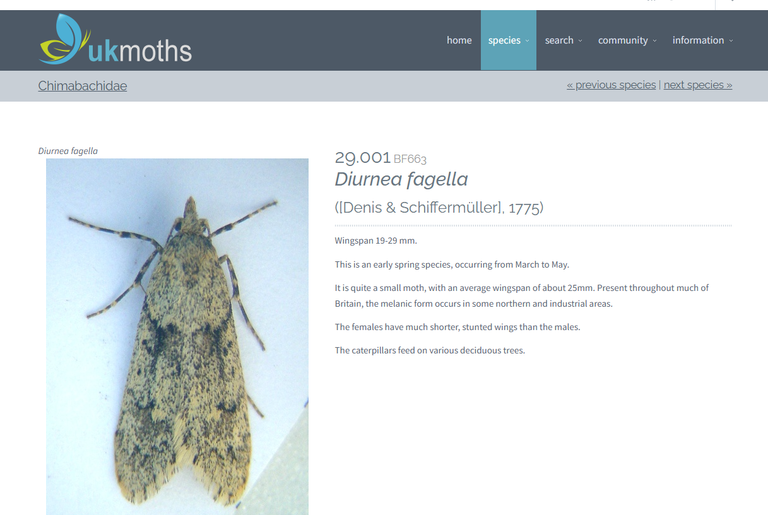
!CURATE BY
@biologistbrito
Thank you for your contribution to the community🌍🐏
Remember to delegate to us or join the curation trail to participate in the weekly hbd prizes🥇🏅
Welcome back! It's a pleasure to have your posts here again✍🏻😍📕 / I don't know much about moths, but I had an idea! It might be possible to paint a color on them with a tiny brush, something tiny that can only be seen with a magnifying glass, and that way, see the recurrence of an individual.
Thank you!
Its been a while... and I'm a little out of practice!
Interesting you say that about the paint dots... I only trap once a week at most, so don't expect to see the same individuals returning. But, I do know people who trap nearly every night in high summer, and there have been studies marking moths. The usual way is actually a small felt tip, or highlighter pen to mark a dor on the abdomen, and most of the results show there is very little evidence that the same individuals return several nights in a row.
Thanks for stopping by, and I'll be trying to do these reports more frequently this year :-)
Hard choice between the pug and the Quaker, but I think I like the Quaker best because of the circles on the wings. :))
oooh, will have to disagree, The Quaker is a smart little moth, but I think the little stripey pug wins this round! 🤣
LOL!
Congratulations @dannewton! You have completed the following achievement on the Hive blockchain And have been rewarded with New badge(s)
Your next target is to reach 49000 upvotes.
You can view your badges on your board and compare yourself to others in the Ranking
If you no longer want to receive notifications, reply to this comment with the word
STOPCheck out our last posts:
At least you found some. I have noticed some butterflies and bees around. We are putting in a load of plants that may encourage more to visit. Last year we found an elephant hawkmoth caterpillar that was quite exciting. With our new bird feeder we are seeing more feathered friends and when I get the pond installed the amphibians may move in.
Yep, its really good to see the various insects appearing, I saw Dock Bugs and Mining Bees in the garden here today....
A pond is awesome and will help attract so much life, not just the obvious frogs and newts etc :-)